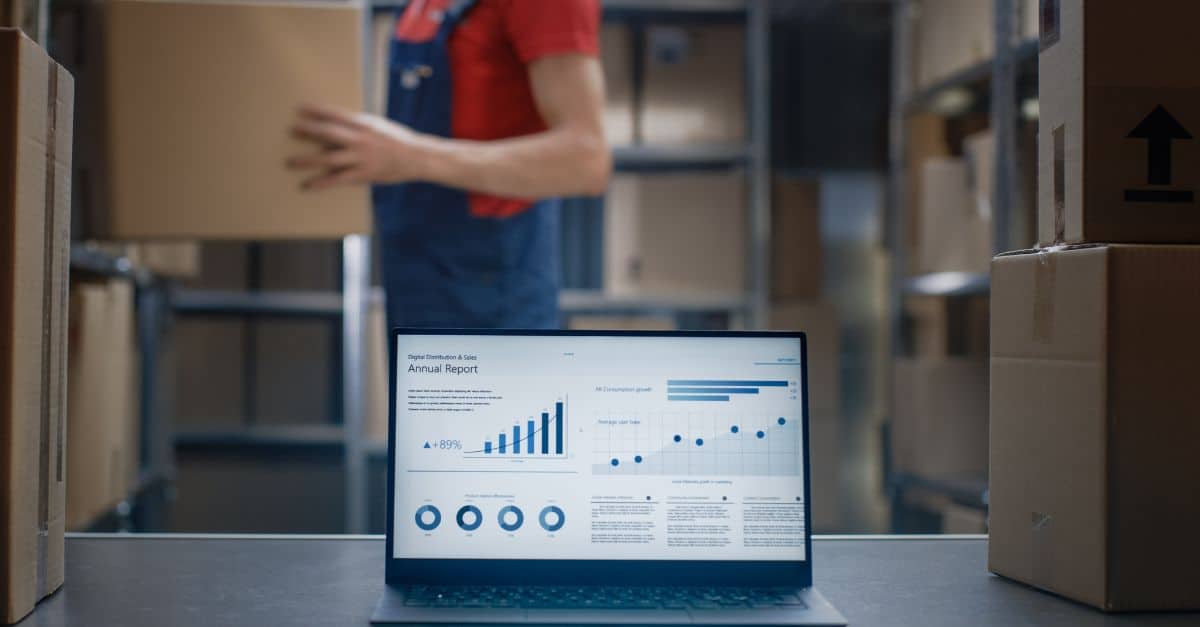
Order Management System: Principles of Operation and Benefits
Order Management System (OMS) is the subject of massive investments and has become a central focus for businesses’ executive committees (comex). This solution supports brands in achieving their commercial and brand recognition goals. It also addresses the challenge of optimising business performance across various channels, including retail, wholesale, and digital.
The Order Management System enables businesses to adapt to an increasingly uncertain environment by connecting supply and demand at all times. How does it work, and what are the benefits of implementing such a tool? Let’s explore the answers in this article.
Order Management System: Resolving the Challenge of Supply and Demand Alignment
The starting point of an Order Management System, such as OneStock, is to help retailers make their entire inventory available to customers, regardless of their location.
During our discussions with merchants, we often encounter the challenge of aligning supply and demand. Typically, e-commerce platforms only sell products from the warehouse inventory. When a product runs out of stock in the warehouse, the e-commerce platform can no longer sell it, resulting in lost revenue for the retailer and customer dissatisfaction. At the same time, physical stores potentially have stock available in their inventory for out-of-stock items in the warehouse. However, the lack of integration between the e-commerce site and the warehouse prevents access to these items.
One of the main objectives of an Order Management System is, therefore, to make the entire inventory available across all retail channels. To achieve this, the system follows a few essential steps:
- Inventory unification: The Order Management System digitally searches for available items in stores, warehouses, distributors, resellers, and second-hand sources to create a unified stock image. It then publishes this unified stock image across all retail channels. As a result, the e-commerce site gains access to both the warehouse inventory and all available references within the retail network, wholesale, etc. The lack of in-store assortment is no longer an obstacle because store associates can place orders for customers using the unified stock.
Results: Increased product availability, improved commercial performance across sales channels, and revenue growth.
- Delivery Promise: Displayed to the end customer, the delivery promise takes into account the composition of the shopping cart. Logistically, a cart may consist of an item sourced from the warehouse and another sourced from a physical store. In such cases, the Order Management System dynamically calculates the combinations for delivery and in-store pickup promises, taking into account costs, delivery times, and carbon footprint considerations.
Results: Customers are guided and informed throughout their browsing experience, with the ability to add items to their cart with full knowledge of the associated delivery options. This leads to improved conversion rates and reduced dissatisfaction, as all relevant order information is displayed upfront.
- Order Orchestration: For each order, the Order Management System determines the best scenario by selecting the most appropriate logistical point based on rules set by the retailer. These rules can be economic (minimising costs), logistical (ensuring the fastest delivery), or environmental (minimising carbon footprint).
Results: If the warehouse cannot fulfill an order, it is routed to the physical stores. The Order Management System enables stores to function as mini-warehouses through the Ship from Store capability. This solution breaks down the silos between retail and digital channels and interconnects them by selecting the best candidates to fulfill an e-commerce order. The first eligible store that receives the order prepares it using a dedicated interface and schedules a carrier pickup to deliver the items to the customer’s doorstep.
Order Management System: Concrete Benefits
The implementation of an Order Management System has a significant impact on all business activities and channels, including:
- Improved commercial performance: By creating a unified inventory and distributing it through e-commerce platforms and in-store devices (such as sales associate tablets), businesses can increase sales volume and revenue.
- Enhanced e-commerce experience: Implementing omnichannel solutions allows businesses to offer more services to end customers. Click and Collect (including express options), Reserve and Collec, and returns management help streamline and enhance the customer experience. The Delivery Promise showcases the combined efforts of e-commerce, retail, and IT teams in favor of their end users.
- Improved in-store experience: With the support of sales associate tablets, businesses can accompany customers in extending their product range beyond mere online ordering. This leverages in-store solutions to provide a comprehensive omnichannel experience, incorporating customereling services, appointment scheduling, and advanced CRM functionalities. These tools empower sales teams with maximum information to assist customers in physical stores.
- Logistics improvement: By assigning a key role to stores in order fulfillment, businesses gain operational efficiency and effectiveness in processing orders. Leveraging the retail network enables faster delivery times for customers, optimising logistics costs for brands. Additionally, brands can organise carrier pickups closest to the customers’ locations and fulfill Click and Collect orders from the designated store’s inventory.
The Order Management System enables better sales, operational efficiency in stores and warehouses, resulting in an enriched service offering for greater convenience and customer satisfaction.
OneStock supports over 70 brands in their omnichannel transformation, helping them enhance the effectiveness of their sales channels to meet the increasingly demanding expectations of consumers.


